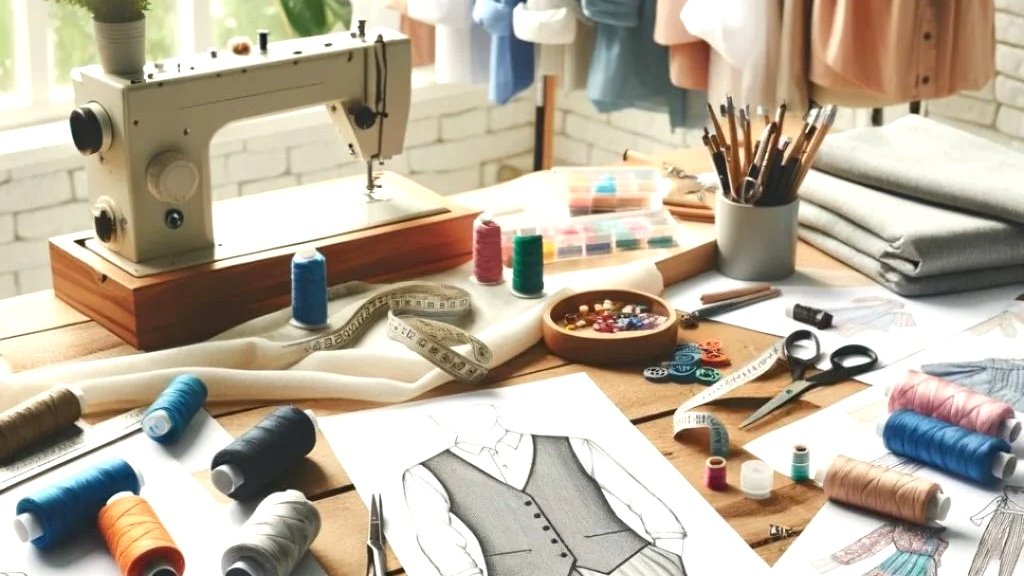
How to Start a Clothing Brand: Your Step-by-Step Guide with AI Tools
Wano mu kifo kino?
Thinking of starting your own clothing brand? You're in the right place.
Mu kifo kino okusiga, oza kusoma okaakano ekifo kyo ekikuba mu diraamu - ekigero okugenda mu ngeri.
Kale ng'owulira mu matwale g'obugazi obufujjo okwatasizibwa ku mikono gy'obulungi obukyayi obutulutale obutyo obwetazibwa kye ebikwata okaakano obubagwamu ne kisibo ku ndaga, okufuukira, ne okugwa mu kifo.
Wadde, owulira okukakasa okusinga emikono ya AI okukozesa okwogera kubanga okwefuga okutuukirizibwa obutyo obubagwamu, okugwawo okusinziirira okugenda kyo ekikuba ekituukirizibwa ky'obugazi bwo - kyo eky'okuvuna okwetazibwa.
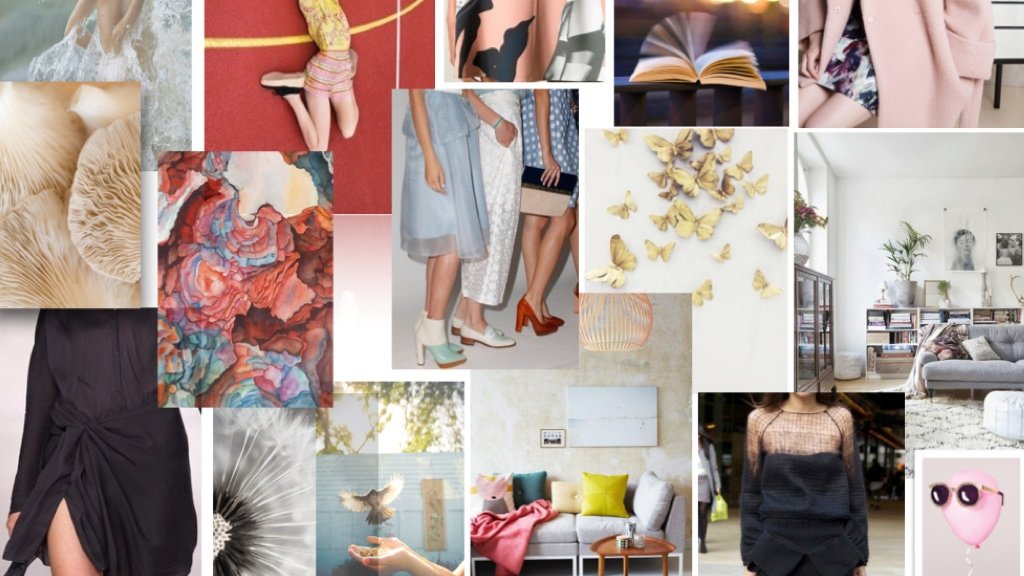
Tandika Kike Ky'ebizaddama By'ekibuga Kyo
Ng'okyali ofiiriza olina okwasanga n'engoye z'oyagala kubanga ky'ekili ekyetebese ng'okizudeyo kike kyebizaddama by'ekibuga kyo. Ekyo kyebizaddama ky'obuganda ky'ekibuga kyo kumbira kwe obwoobi bwa llogo yo n'oluleega w'amabara okutuuka ku mantu okeeresebwa okwatireyo mu mikutu ngenxa misanyalaze n'abantu b'olinda.
Ekyo kyobwegazi n'ebyo kyeteeka mu kibuga ekiyiite, osikire mu nga'abalina n'okuvumbula empulizigize z'abakika.
Tandika ng'obudala n'ebivumbula ebigwanako:
- Kya mulembe ki ekiwandika kike ky'obuganda kyo (mubiro, yetagala, ky'ekiwatola, ky'ebiyivirabwe)?
- Oli kw'ekirigo ki? (omuteeso, ekyakula, bubundu, empisa)
- Kiteeka mu nkulumu ki ky'obuganda kyo okufananyi na byabuli?
- E'olowooza, obufiisa bweki bwosanza ku ndiga zamma?
Omuka: Yambula Ebintu by'obuganda Okozesebwa AI-powered nga Looka oba Brandmark olwo ofiirite weeki, weeki okwekimu ku ebyuganye n'enfunga w'ogenda.
Oludda Kwatandika Kw'okwogeroleza Nogubikawulako
| Kikumi | Abantu Abaaliko | Omulibumira | Omutendera Ow'amazima |
|---|---|---|---|
| Bwongo bwakabaka | Abazaala n'emiti | Eby'ekisi, mubiro | Eby'obundeweti by'omusaanigyo |
| Yetagala | Bano n'abaganda | Fuwa, lubaani | N'amasuu, ebibenkanya |
| Omulibwa Awalirana | Abalaga, abasanta | Omulibumira, omusomi | Limo, masaka |
| Okw'asoziiramu | Abayizi, abantube | Byamakuza, omusana | Etataliwo bazze |
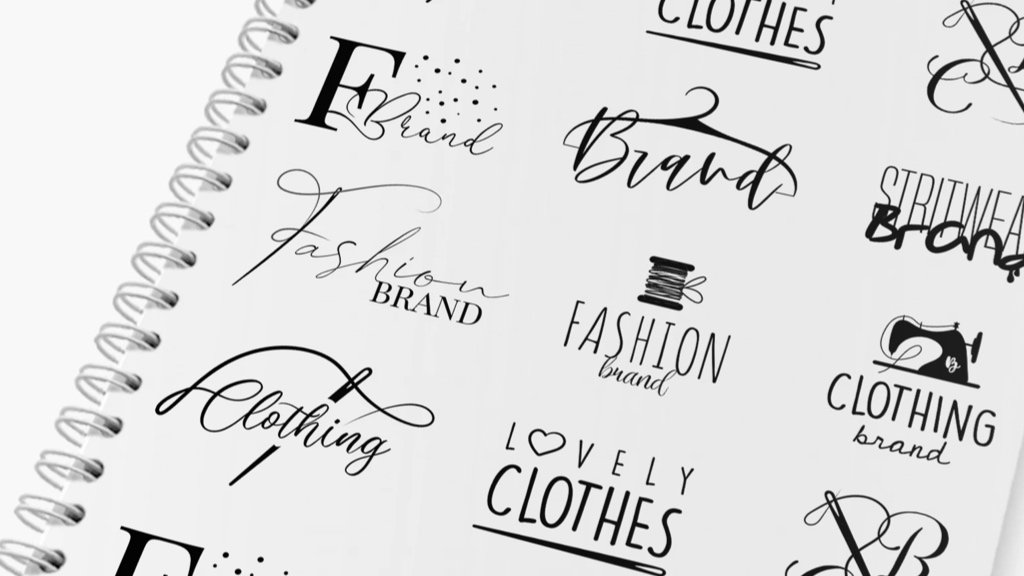
Create a Hustle Plan for Your Fashion Brand
Every successful clothing brand starts with a solid business plan. This blueprint helps you clarify your vision, define your goals, and prepare for the real-world logistics of launching and growing your brand.
A clear business plan isn’t just for you - it’s also a powerful tool for attracting investors, securing funding, or guiding partnerships.
What to Include in Your Business Plan
- Brand Mission & Vision – What drives your fashion brand and what do you want to achieve long-term?
- Target Market – Define your ideal customer: their age, values, habits, style preferences, and budget.
- Business Model – Will you go with print-on-demand, wholesale, direct-to-consumer, or drop shipping?
- Product Plan – What will you sell? Start small or launch with a full collection?
- Marketing Strategy – Online, offline, influencer partnerships, content creation, or paid ads?
- Financial Projections – Costs, revenue forecast, and break-even point.
⚡ AI Advantage: Tools like ChatGPT, LivePlan, or Notion AI can help you auto-generate business plan sections, organize cost estimates, and simulate growth scenarios faster than doing it manually.
Example Clothing Brand Startup Costs (Estimates)
| Expense Category | Estimated Cost (USD) | Notes |
|---|---|---|
| Branding & Logo | $100–$500 | Use AI tools or freelance designers |
| Website & Domain | $150–$500 | Shopify, Wix, or WooCommerce setup |
| Sample Production | $500–$2,000 | Depends on product type and materials |
| Marketing Budget | $300–$2,000/month | SEO, social media ads, influencer outreach |
| Legal & Licenses | $200–$800 | Varies by location and structure |
| Inventory (first run) | $1,000–$5,000+ | Optional if using print-on-demand |
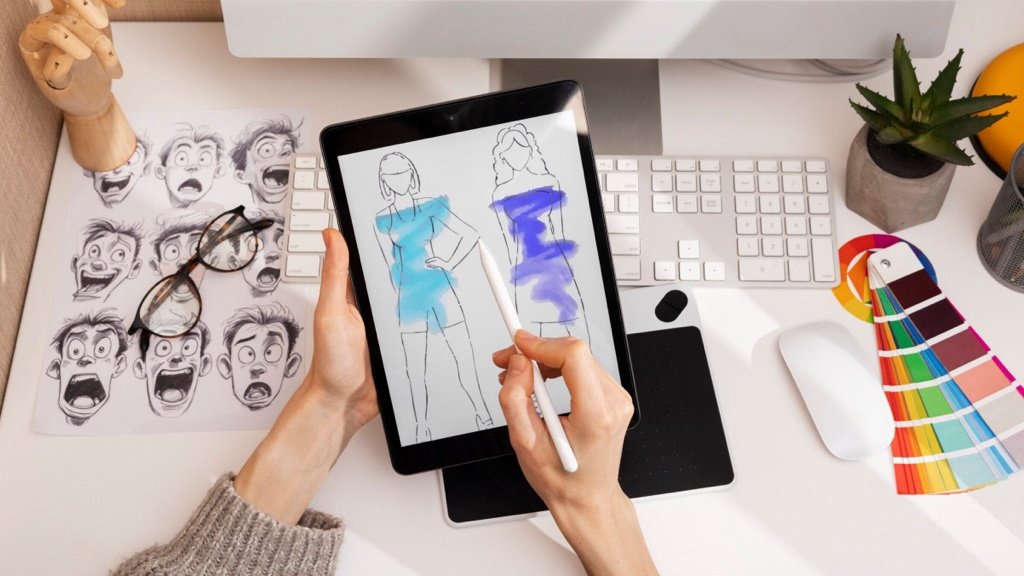
Use AI to Accelerate Your Design & Planning Process
Launching a clothing brand in 2025 doesn't have to be slow or complicated. Thanks to modern AI tools, you can dramatically reduce the time it takes to plan, design, and prepare for launch. Whether you’re brainstorming collections, naming your brand, or visualizing your audience, AI can speed up the process—and reduce decision fatigue.
⚙️ AI Tools That Can Help You Get Started
| Use Case | Recommended Tool | What It Does |
|---|---|---|
| Brand Name Generation | Shopify Name Generator, Namelix | AI-powered suggestions based on keywords and industry |
| Mood Boards & Inspiration | Fashwell, Designify | Generate visual styles, layouts, and fashion-forward boards |
| AI-Powered Design Sketches | Cala, Revery AI, Artbreeder | Turn prompts into fashion illustrations and concepts |
| Business Plan Generation | ChatGPT, Notion AI | Draft plans, pitch decks, and competitive summaries |
| Market Analysis | Trendalytics, Edited | Use AI to scan trends, pricing, and gaps in the market |
Pro tip: Combine ChatGPT + Canva to create stunning branded content quickly—even if you have zero design skills.
Time-Saving Potential with AI
- Using AI tools in your planning phase can help you:
- Generate 10x more design ideas in less time
- Test brand directions visually before investing money
- Forecast trends and adjust accordingly
- Speed up product descriptions and marketing copywriting
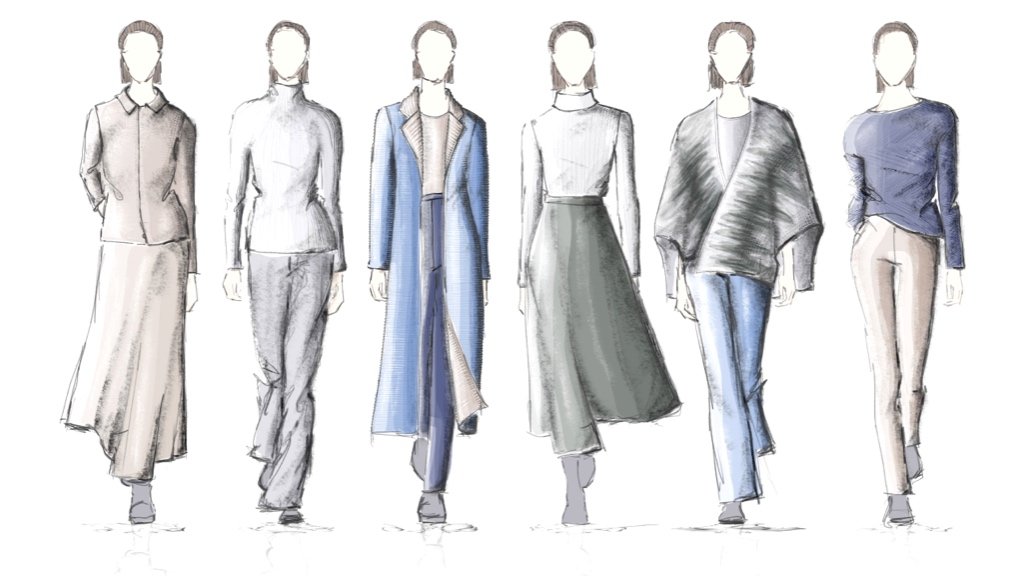
Plan and Create Your First Clothing Line
Now that your brand is defined and your business plan is in place, it’s time to start designing. This is where your creative vision meets execution. Your first clothing line should reflect your brand’s identity, appeal to your target audience, and showcase your unique style. But remember—it’s not just about looks. Your designs should also be practical to produce and aligned with your budget.
Start by sketching your ideas. Even simple pencil doodles can be the foundation of future bestsellers. Translate your vision into initial concepts, considering elements like silhouette, color palette, fabric type, and seasonal relevance. You can sketch by hand or use tools like Clo3D, Adobe Illustrator, or even AI design generators like Revery AI and Cala to turn prompts into rough prototypes. AI can also help you iterate faster by generating variations of your core designs and even creating full outfit combinations.
Once your sketches are ready, move into the product development phase. This includes creating tech packs, defining measurements, selecting fabrics, and preparing your patterns for production. If you're not ready for large-scale manufacturing yet, consider creating handmade samples or using small-batch production. Start with a capsule collection—5 to 10 pieces that work together to tell a story and test your market’s reaction.
Key Elements of a Clothing Design
| Element | Description | Tool Suggestion |
|---|---|---|
| Sketches | Initial visual representation of each garment | Paper, Adobe Illustrator |
| Tech Packs | Detailed specs, materials, and construction notes | Techpacker, Google Docs |
| Fabric Selection | Choosing material types, textures, and properties | Swatch Books, Fabric.com |
| Pattern Making | Turning design into a cuttable, sewable template | Clo3D, Seamly2D |
| Sample Creation | Producing first physical versions of garments | Local tailor, DIY sewing |
Bonus tip: Use image-to-sketch tools like DeepAI Sketch Generator or Artbreeder to convert ideas into mockups quickly—even without drawing skills.
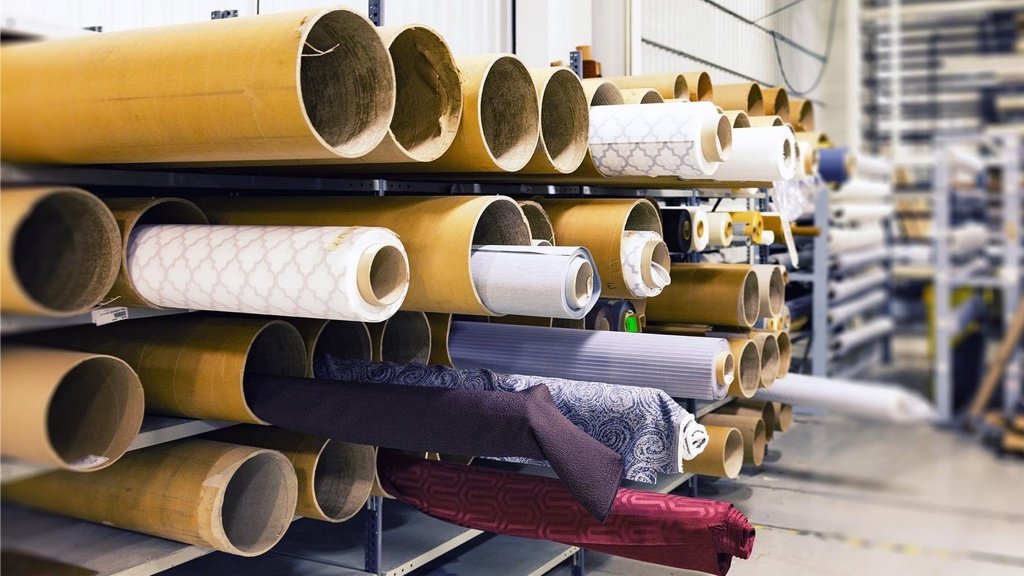
Kutambula ebintu by'omu kati okukuba obutimukirivu
Okukuba embiro z'omuti n'obuzira obutimukirivu buli kati okubeera ekisa ekiwera mu kusimba brand y'eggwanga lyo. Amakubo ogenda okukuba bino beerali obukulembeze obwoomawulire, obutandika, obuzito obuwumbi, n'okwegomba okw'ekirabika.
Okuba ogenda ku knitted organic cotton oba n'okuba ogenda ku synthetics ezimazeemu, kutambula kwe kugenda okukola na by'okufuna nga bw'ogenda okusimba brand identity y'omuwendo wo oba akakiiko - ng'ekiseera kyo okukuba obutimukirivu oba obutimukirivu. Ssiba mazzi ng'ogenda okuteekamu batambula embiro ez'omuliya nga Spoonflower, Tissura, oba Alibaba, n'adduukirire ku bazalambuzi abalokali w'embiro okulaba obukulembeze bw'obukalu bw'okwezimba.
Ku kufuna obukalu obw'ogenda okukola ebintu byo, beera oyo ogenda okufuna bintu bya bafu. Oyo ogenda okukola ekyo nga ogenda okugenda okutambula okuva mu nsi oba okuva mu nnyanja. Okuva mu nsi (lokaali) kyogenda okusobola okusamaba ne okuzimba mirembe gyonna naye oba kisobola okulaba kireetera.
Okuva mu nnyanja - nga bafuga mu China, Turkey, oba Bangladesh - kyogenda okudda okuva ne bifaananyi ng'okwogera, okuyita ebintu, n'okwegeza obuzito. AI yaweze okusobola nyo: yita ebintu nga ZyloTech oba Maker's Row abalabirira AI okukusanyiza brand y'obukalu bwo okuva ku bujjukire eby'obukalu oba obukalu obw'obubonero bwo okwetambukiramira.
Ku kugonda okw'okukozesa obutambula
| Kiwandikira Okukola | Yagala Mukono | Obuwumo | Obufuluma |
|---|---|---|---|
| In-House (DIY) | Emirundi esatu, ez'obukiiko obutimukirivu | Ku nsobo, amazima amazima | Wakati w'okugenda, obutandika obulungi |
| Manufacturer y'abalokali | Oluyimba emirembe etegeka/ez'obukulembeze | Mirembe gyonna, okugenda okukuuma ekigambo | Obukulembeze obubalagira, omuwendo ow'ekitontome |
| Manufacturer e Nnyanja | Emirundi etegeka, obukalu obwoomukakkano | Ebitundu ebirala, okwegomba okukaaga | Bifaananyi ng'okwogera, ebifaananyi eby'okuwa mirembe |
| Print-on-Demand | Okugenda okukoka, amalungi | Tevuli ya bintu olw'amakulu, okutandika obw'okutemukira | Obukulembeze obubalagira, obuwumiriza obw'okutandika |
️ : Genda okuteekamu FabricAI (naye nga bwe yalabika mu kkanisa ky'omu) oba Sourcemap okuteekamu abazalambuzi ab'obumu n'okuyiga obuzito bw'ekirabika bw'obukalu obwoomukakkano gy'obukulembeze by'obuzito bw'eggwanga lyo.
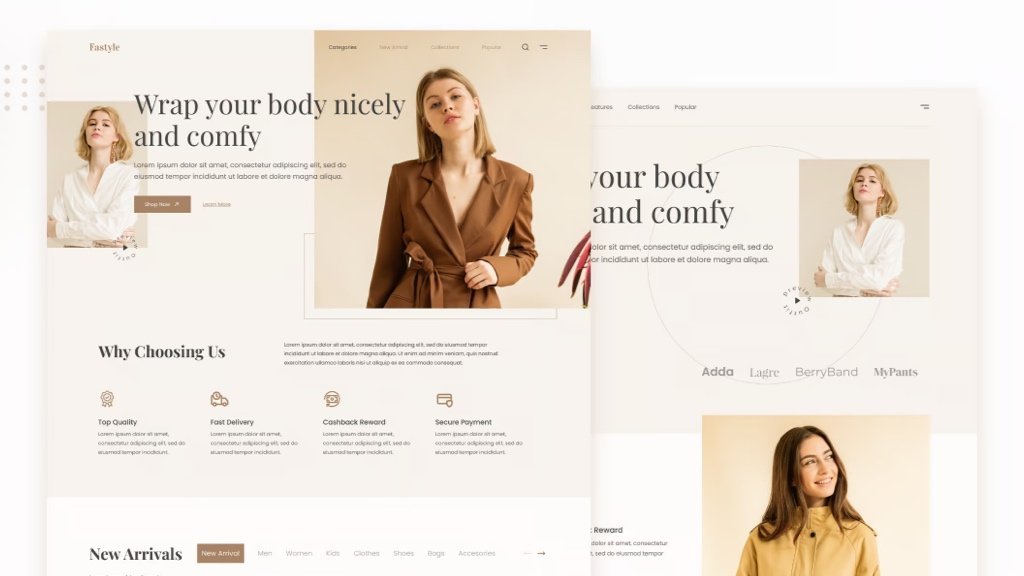
️ Build Your Online Store and Digital Presence
Your online store is more than just a place to sell - it’s your digital showroom, your brand’s first impression, and often your primary sales channel. It needs to reflect your clothing brand’s identity and create a seamless experience for customers.
Choose a reliable ecommerce platform like Shopify, WooCommerce, or Squarespace that allows you to easily manage inventory, track orders, and integrate with marketing tools. Customize your theme with your brand’s fonts, colors, and imagery to keep it cohesive. Don’t forget the basics: a powerful homepage, clean product pages, size guides, and an About section that tells your story.
An online presence goes beyond your website. You also need to create branded profiles across social media platforms like Instagram, TikTok, Pinterest, and Facebook, where visual content dominates and fashion thrives. Use these channels to drive traffic to your store, build a community, and showcase your designs.
Tools like Canva, Later, and Buffer can help schedule content, while AI caption generators like ChatGPT or Copy.ai can help you craft engaging posts at scale. Consider also setting up an email marketing funnel with Klaviyo or Mailchimp to capture leads and keep your audience informed.
Must-Have Pages for Your Clothing Brand Website
| Page Type | Purpose | Pro Tips |
|---|---|---|
| Home Page | Showcases bestsellers, collections, brand story | Use high-quality visuals + clear CTA |
| Product Pages | Details on materials, sizing, and care | Include size guide + multiple images |
| About Us | Share your story and mission | Build connection with your audience |
| Contact Page | Offers support and customer service options | Use forms and social links |
| FAQs | Handles common buyer questions | Boosts trust and reduces cart abandonment |
Tip: Use Shopify Magic or Gemini for WooCommerce to automatically generate product descriptions, SEO meta tags, and even A/B test landing pages.

Balancing Price Your Products and Manage Inventory
Pricing your clothing correctly is key to maintaining profitability and building trust with your audience. It’s not just about marking up fabric and labor - you also need to factor in overhead, marketing costs, transaction fees, and your brand’s positioning in the market.
For example, if your clothing brand markets itself as premium and ethically made, your prices should reflect that perceived value. A solid pricing strategy blends cost-based pricing (covering your expenses) with value-based pricing (what your ideal customer is willing to pay). And AI tools like Prisync or ChatGPT can help you analyze competitors, calculate markups, or simulate different pricing tiers in minutes.
Once you set your prices, keeping your inventory under control becomes a critical challenge. Overstocking can eat up your cash flow, while understocking can cost you customers.
To manage this, use inventory software like Stocky (for Shopify), Zoho Inventory, or Cin7, which offer AI-powered forecasting, low stock alerts, and real-time analytics. If you’re just starting out, consider the made-to-order or pre-order model, which reduces inventory risk and builds anticipation for your products.
As your business grows, you’ll want to implement a more scalable inventory system - ideally one that integrates with both your website and any third-party sales channels.
Balancing Fashion Pricing Models & Profit Scenarios
| Pricing Model | How It Works | Ideal For | Example Markup |
|---|---|---|---|
| Cost-Based Pricing | Add markup on production cost | Basic & early-stage brands | 2× to 3× |
| Value-Based Pricing | Price based on perceived brand and design value | Premium or luxury fashion | 3× to 5×+ |
| Keystone Markup | Traditional retail pricing model (50% margin) | Wholesale/distributor pricing | 2× |
| AI-Driven Pricing | Dynamic pricing based on trends & analytics | Scalable brands with smart tools | Varies |
Balancing Tip: Use demand prediction features in apps like Inventory Planner to automate reordering and prevent dead stock.
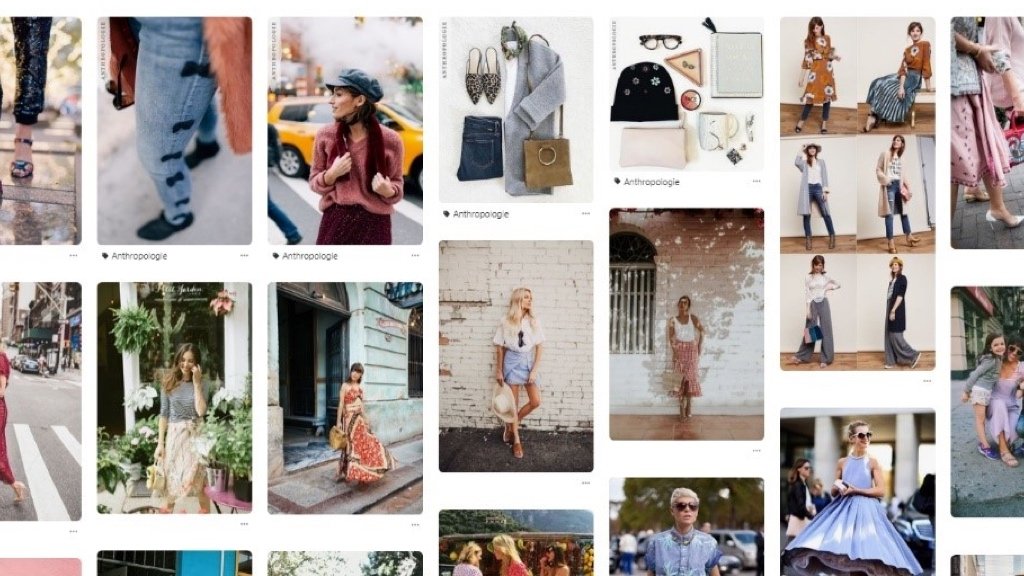
Market Your Clothing Brand (Organic & Paid Strategies)
Even the most beautifully designed clothing line won’t sell if people don’t know it exists. That’s why a strong marketing strategy is essential. Start by focusing on organic marketing—building a loyal community and brand presence without paying for every click.
Platforms like Instagram, TikTok, and Pinterest are essential for fashion, where visuals dominate. Post consistently, tell your story, show behind-the-scenes content, and engage with your audience. Use hashtags, reels, and collaborations to expand your reach. AI tools like Copy.ai, Flick, or ChatGPT can help you generate engaging captions, hashtags, and even scripts for short videos.
Once you have some traction, scale with paid advertising. Social platforms allow precise targeting by age, interest, and even fashion behavior. Start with Facebook Ads or TikTok Spark Ads, and A/B test creatives using AI tools like AdCreative.ai or Predis.ai.
Don’t forget about email marketing—an underrated but powerful tool. Platforms like Klaviyo and MailerLite can automate drip campaigns, welcome sequences, and flash sale alerts. With AI segmentation and predictive analytics, you can send the right message to the right user at the right time—without lifting a finger.
Organic vs Paid Marketing – What’s Right for You?
| Strategy | Key Tactics | Cost Level | Best For |
|---|---|---|---|
| Organic | Content marketing, SEO, social engagement | Low (time-heavy) | New brands, budget-conscious |
| Influencer Collab | Gifting, shoutouts, micro-influencer outreach | Medium | Trend-driven or youth-focused |
| Paid Ads | Facebook Ads, Instagram Reels, TikTok Ads | Medium–High | Brands looking to scale fast |
| Email Campaigns | Launch alerts, abandoned cart, loyalty promos | Low–Medium | Engaged audiences, repeat buyers |
Tip: Tools like Ocoya and Lately.ai can automatically repurpose one piece of content into multiple social posts, saving hours per week.
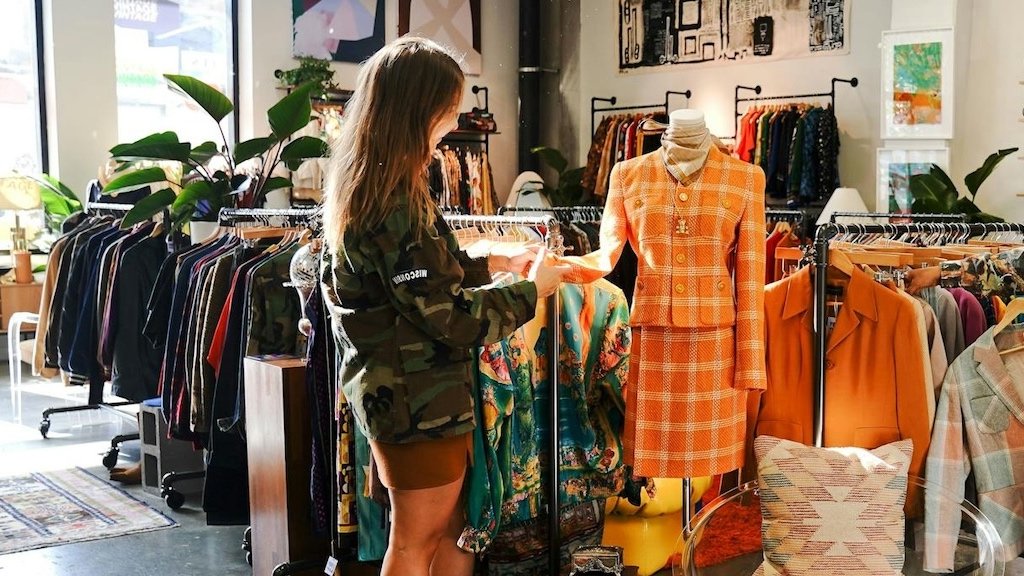
Test with Pop-ups or Local Markets
Before scaling your clothing brand, it’s smart to validate your products in real life. Pop-up shops, local fashion markets, and even vendor booths at events offer a low-risk way to connect with real customers, get direct feedback, and observe how people interact with your products.
These temporary retail setups help you test pricing, sizing, packaging, and brand messaging - all while building brand awareness and potentially earning revenue. Whether it's a weekend stand at a local art fair or a month-long pop-up in a high-footfall retail space, these moments can become micro-labs for growth.
Plus, these events are invaluable for customer discovery. You can ask questions like “What made you pick this piece?” or “Was anything confusing about the sizing?”—insights that are gold when refining your offering.
To maximize impact, prep branded signage, QR codes linking to your online store or social media, and incentives like discounts for first purchases or Instagram follows. AI tools like Canva Magic Design can help you quickly create eye-catching visuals for flyers, banners, and packaging.
You can even use ChatGPT to draft your pitch script, product signage, or fun taglines that convert foot traffic into loyal customers.
Pop-Up Testing Checklist
| Task | Why It Matters | Suggested Tool / Tip |
|---|---|---|
| Display Products with Story | Helps customers emotionally connect | Canva for signage |
| Offer QR Code to Shop Online | Converts in-person fans into online buyers | Beaconstac, Linktree |
| Track Popular Items | Reveals top-performing SKUs | Google Sheets, Airtable |
| Collect Emails or Follows | Builds your list for future campaigns | Mailchimp app, IG follow prompts |
| Ask for Feedback Directly | Helps improve design and pricing decisions | Simple form or just a notepad |
️ Tip: Use Google Forms + AI-generated questions to create quick customer feedback surveys and analyze the results afterward with tools like ChatGPT Code Interpreter or Sheets AI.
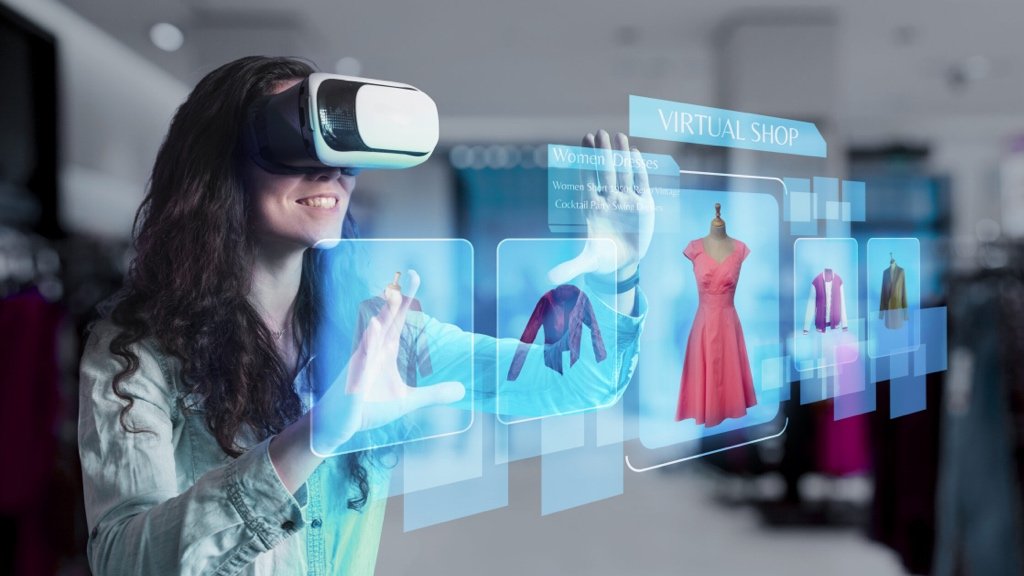
Scale Your Clothing Brand with AI & Smart Tools
Once your clothing brand is launched and tested, the next step is scaling it sustainably—and the smartest way to do that today is by using AI-powered tools and automation to multiply your efforts.
Scaling isn’t just about increasing sales; it’s about working smarter, not harder. From automated marketing and smart fulfillment to predictive analytics and inventory optimization, there are tools that can handle the repetitive stuff while you focus on creativity and strategy.
For example, AI can help forecast demand and automatically reorder your bestsellers. Tools like Inventory Planner, Shopify Flow, and Katana sync production and sales data to avoid overstock or stockouts. Want to level up customer service without hiring a big team? Use AI chatbots like Tidio or Gorgias AI to handle order questions and upsells.
For scaling marketing, apps like Phrasee and AdCreative.ai generate high-converting copy and visuals on the fly. Even customer reviews can be auto-analyzed with sentiment tools like Yotpo AI to guide product decisions or flag issues early.
AI Tools for Scaling Your Fashion Brand
| Area of Growth | Tool Recommendation | What It Does |
|---|---|---|
| Smart Inventory | Inventory Planner, Katana | Predict demand, manage stock in real-time |
| Customer Support | Gorgias AI, Tidio | Auto-answer common queries, boost conversions |
| Marketing Automation | Klaviyo, Phrasee, Ocoya | Create, personalize, and schedule campaigns |
| Ad Creative Generation | AdCreative.ai, Predis.ai | Build and test ads without a creative team |
| Analytics & Insights | Google Looker Studio, Glew.io | Track performance across channels |
Tip: Use Zapier or Make.com to connect your ecommerce tools into smart workflows—like auto-sending thank-you emails when someone buys from a pop-up.
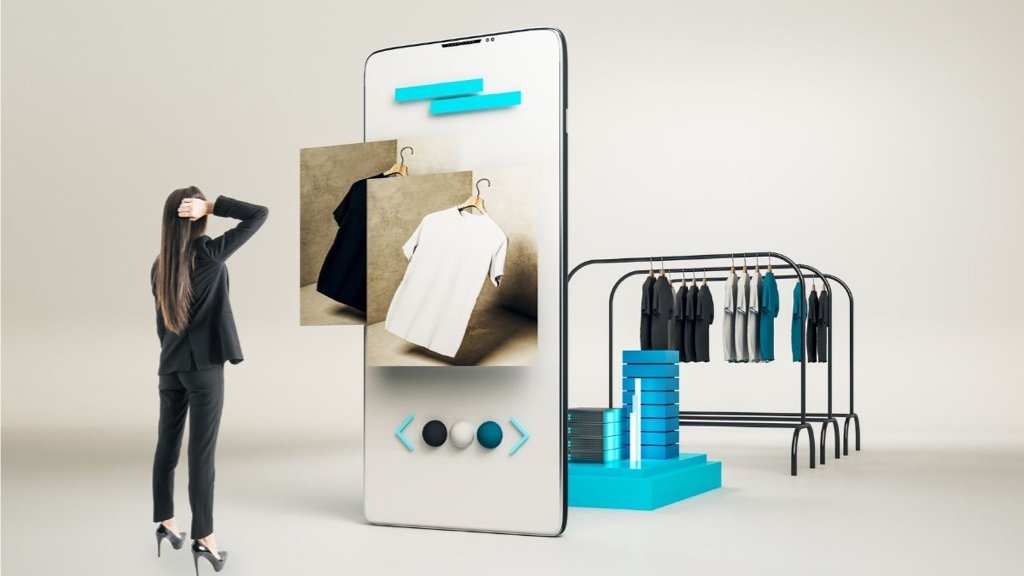
❓ FAQ: Okutandika Ekikoligo kya Ebyambalo
1. Kiki ekyasooka okukola nga otandika ekikoligo kya ebyambalo?
Okuddamu: Ekikozesebwa ekisooka kwe kumanya ekifananyi ky'ekikoligo kyo—omulembe gwo, enkola zo, n'abantu b'oyagala okuweereza. Kino kikola olusiisira ku byonna by'olina okukola ne by'amanyi. Okuva wano, osobola okutandika okwetegeka plaani ya bizinensi, okukola ekitongole kyo ekisooka, n'okugezaamu ekirowoozo kyo mu pop-up oba online.
2. Wa ddamu okukozesa layisinsi okutandika ekikoligo kya ebyambalo?
Okuddamu: Yee, ebifo bingi bisaba owaandikisenga bizinensi yo n'okufuna ebiwandiiko nga layisinsi y'omusolo ku badeeti oba layisinsi ya katale. Bw'oba otunda ku mutimbagano oba osindika ebintu mu mawanga amalala, weegendereze amateeka agakwata ku bika, okuddamu, n'okukuuma ebyama. Funa obuyambi okuva mu kibiina ky'ebizinesi ekya wansi oba okozese ebikozesebwa bya AI ebyamateeka nga LegalZoom oba Termly.
3. Kika ky'ensimbi kiki kyetaagisa okutandika ekikoligo kya ebyambalo?
Okuddamu: Ebyetaagisa ku nsimbi byawukana. Bw'oba weekolera wekka, osobola okutandika ne $500 - $2,000 ng'okozesa print-on-demand oba ebintu ebikolebwa n'engalo. Bw'oba oyingidde mu kutondawo obukola obw'enjawulo, okutondawo omutimbagano, n'okutunda ebintu, wetaaga ebitundu $5,000 - $20,000+. Ebikozesebwa bya AI bisobola okusalako ku biseera ku branding, okukola, n'okutonda ebiwandiiko.
4. AI mu butuufu eyamba ku mbekebe z'omutono z'ebyambalo?
Okuddamu: Ddala ddala. Ebikozesebwa bya AI biyinza okukuyamba okutondawo ebikole, okutonda ebiwandiiko eby'okutunda, okutegeka ebintu, era n'okutegeka eby'omulembe. Bissa abasibidde b'omu mu nteekateeka n'ebitongole binene nga bikozesa ebiseera bingi.
5. Nsobola okutunda ebyambalo nga sirina dduuka?
Okuddamu: Yee, era mu 2025 kimenya nnyo. Ebikoligo bingi bikula bulungi ne duuka ku mutimbagano n'enneema ku Instagram, TikTok, n'amaketi nga Etsy oba Amazon. Osobola okukemereza omutindo gwo mu kitundu wo mu bintu nga pop-up oba okukola emirimu n'ab'omu kitundu mu butereevu.
6. Nti Ilinayinti Ekikoligo kyange ky'ebyambalo?
Okuddamu: Erinnya lyo lirina okulaga ekikozesebwa kyo, enkola zo, n'abantu b'otegereza. Likolere mpola, libeere lya nyangu okutaputaatejja, era libeere ly'enjawulo. Ebikozesebwa nga Namelix oba Shopify's Business Name Generator bikozesa AI okukulaga amannya agasinzibwa ku kikozesebwa kyo n'ekitundu kyo.
Start Your Clothing Brand Today
Starting a clothing brand in 2025 is more achievable—and more exciting—than ever before. With the right mix of creativity, planning, and AI-powered tools, you can go from idea to product faster than traditional methods allowed.
Whether you're crafting a capsule collection in your bedroom or building a full ecommerce label, success comes down to taking consistent action, learning as you go, and staying true to your vision.
So take that first step. Sketch that design. Choose your niche. Launch that website. You’ve now got a step-by-step guide - and the tools to make your fashion dream a reality.
✨ Remember: The world doesn’t need just another brand. It needs your brand.